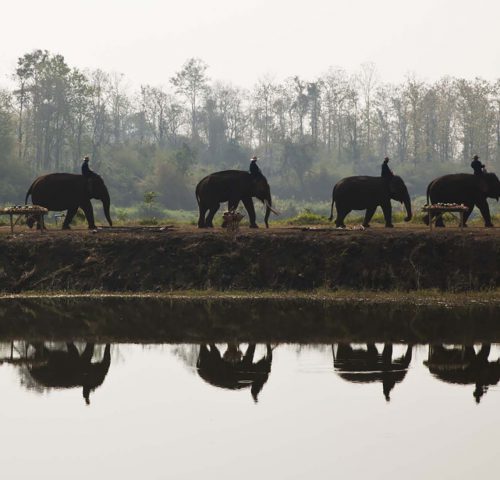You may also be interested in

What are working donkeys?
Find out all about working donkeys, where they operate and why they're needed.

What are working horses?
Discover what working horses are, why they are so important and how SPANA is helping them.

What are working donkeys?
Find out all about working donkeys, where they operate and why they're needed.

What are working horses?
Discover what working horses are, why they are so important and how SPANA is helping them.


